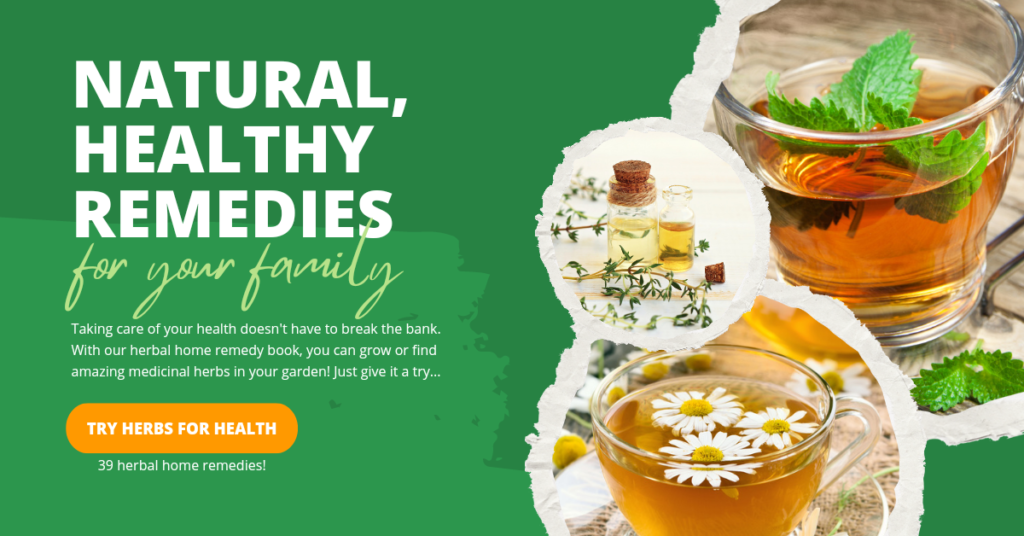This site contains affiliate links to products sold by selected self improvement partners. We may receive a commission for purchases made through these links.
I remind you that the information provided in this series is for information purposes only and is not to be used or relied on for any diagnostic or treatment purposes. This information is not intended to be patient education, neither is it to be construed as such. It does not create any patient-physician relationship and should not be used as a substitute for professional diagnosis and treatment where required. Consult a doctor for medical advice, treatment or diagnosis.
Also, while every attempt is made to ensure accuracy, you are strongly advised to take responsibility and do your own research.
In the previous article, we looked at a very popular aromatic herb, Rosemary (Rosmarinus officinalis), discussed its uses and benefits, and also how to grow it.
Sage is an herbal friend and savior
For this article, we are going to look at another popular aromatic herb; at least, it is popular here in the United States: Sage.
Note that we are looking at Sage (Salvia officinalis), also referred to as Common or Garden sage, and the genus “Artemisia“, which is a different species that includes sagebrush.
The genus name of Sage, Salvia comes from the Latin word salvare, which means “to save” and is associated with longevity, healing, and improving cognitive performance.
Traditional and current uses
These are quite numerous, and they include:
- treatment of mouth and throat issues,
- as an anti-inflammatory,
- for excessive sweating from conditions such as hot flashes,
- weaning nursing toddlers by decreasing breast milk production,
- digestive aid – easing gas and indigestion,
- rebuilding strength,
- as a hair tonic,
- for skin care (added to a bath for itchy skin), and
- improving brain function (it was known as the “Thinker’s tea”).
Sage leaves are used in a variety of ways: chewed whole; dried and ground into a powder; prepared as a fluid extract, tincture, or essential oil; or pressed fresh for the juice. They have also been used to make tea.
For more on the rich history and cultural significance of this herb, check out its profile at the American Botanical Council’s website (link in the Sources section below).
A personal story
My introduction to this plant came shortly after arriving in the United States. One night, I had a dream. Whether I was in my body or out of it, I am not sure. Nonetheless, I was aware of something playing around with my face. It looked like a dark cloud or fog. Not very large. It tickled my face, sort of.
I told my spouse (now deceased) about this. He got some sage and placed it as incense under the bed.
The dream did not re-occur. Did using that plant “save” me? Get it?
I was to learn later that this herb was handy for a lot of things…
OK. Moving on from the woo-woo stuff…
Does it have any medicinal benefits?
Culinary uses
Sage is a very popular herb in the United States and is used quite frequently for flavoring such things s sausage, pork, lamb, and other meats, salads, pickles, cheese, and stuffing. Its smell is very distinct.
The herb is usually combined with Thyme, Rosemary, and Basil. They all work very well together. Its most popular use is for stuffing the Thanksgiving turkey, however, is often added to lamb and pork dishes too.
Like many other herbs, Sage develops its full flavor the longer it cooks and usually withstands lengthy cooking times. Perhaps this is why it is often used as the stuffing the turkey which cooks for about five hours.
Growing your own
If you grow your own Sage, you will find that all you have to do is snip off the tops of the plant with scissors and add it right to your favorite recipe. Sage is still at its best when dried, however, if you prefer you can place the fresh Sage leaves in a bag in the freezer and use when required.
And what if you want to grow your own? Check out this video from Sustainable Stace below:
In the next article, we will look at Tarragon.
To a better, wiser, stronger YOU!

Note: I am an affiliate for the above offer and may get a commission on each sale.
Sources:
Growing Medicinal Plants, from Home Herb School (online). Located at https://homeherbschool.com/ [Accessed June 30, 2023]
Sage. Located at American Botanical Council (online), https://herbalgram.org/resources/herbalgram/issues/89/table-of-contents/herbalgram-89-herb-profile-sage/ [Accessed June 30, 2023]
Perry NS, Bollen C, Perry EK, Ballard C. Salvia for dementia therapy: review of pharmacological activity and pilot tolerability clinical trial. Pharmacol Biochem Behav. 2003 Jun;75(3):651-9. doi: 10.1016/s0091-3057(03)00108-4. PMID: 12895683.
Tildesley NT, Kennedy DO, Perry EK, Ballard CG, Wesnes KA, Scholey AB. Positive modulation of mood and cognitive performance following administration of acute doses of Salvia lavandulaefolia essential oil to healthy young volunteers. Physiol Behav. 2005 Jan 17;83(5):699-709. doi: 10.1016/j.physbeh.2004.09.010. PMID: 15639154.
Scholey AB, Tildesley NT, Ballard CG, Wesnes KA, Tasker A, Perry EK, Kennedy DO. An extract of Salvia (sage) with anticholinesterase properties improves memory and attention in healthy older volunteers. Psychopharmacology (Berl). 2008 May;198(1):127-39. doi: 10.1007/s00213-008-1101-3. Epub 2008 Mar 19. PMID: 18350281.
Mindell, Earl (2000). Earl Mindell’s New Herb Bible. US: Pocket Books.
This site contains affiliate links to products sold by selected self improvement partners. We may receive a commission for purchases made through these links.
